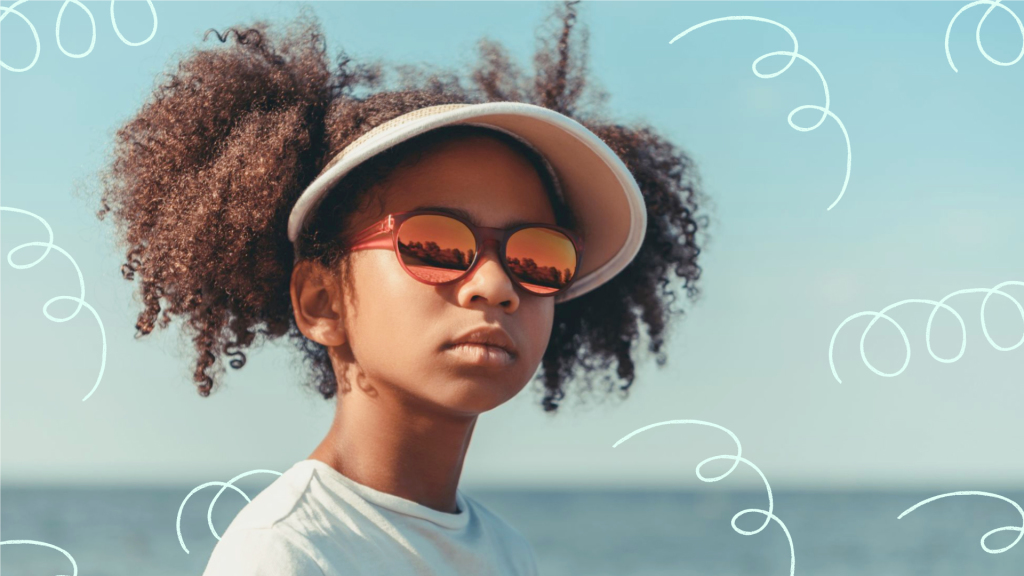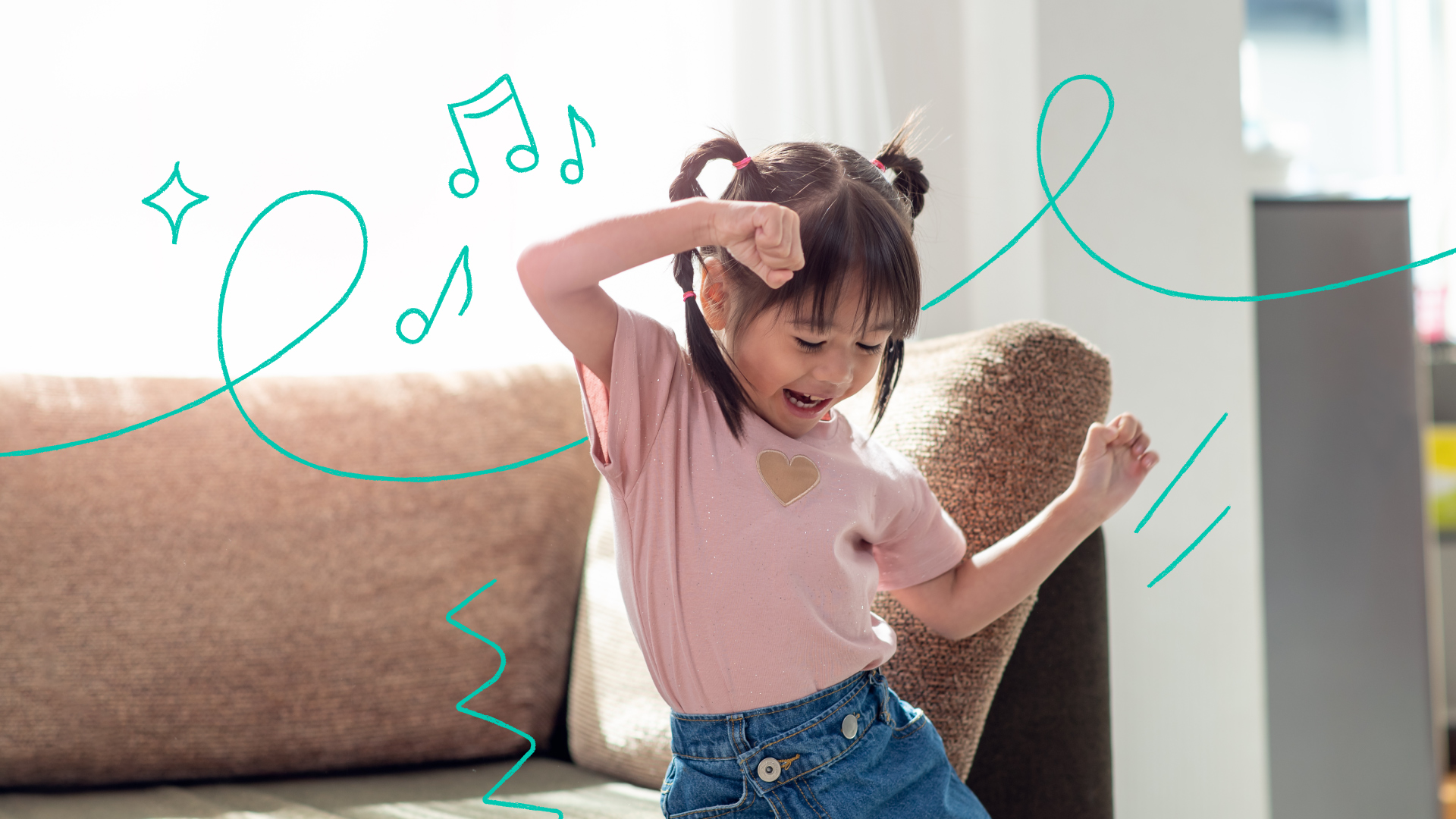
- 2 mins
Healthy Habits for a Healthy Mind

Dance and movement provide a brain break and act as an outlet to relieve pent-up energy—something that younger students need throughout the school day. Educational dance can help improve children’s motor development, and those improvements can be maintained even months after instruction (Anjos et al., 2018). In addition, guided dance instruction can improve creativity, especially in students with above-average baseline levels of creativity at the start of instruction (Ross et al., 2021).
Here are some ideas for fun kids’ dances that you can implement in the classroom, during physical education class, or at outdoor recess.
Begin by explaining that students can choose any type of dance or movement. Play 15 to 30 seconds of music and then stop the music, telling students to freeze, as though they are statues in a wax museum. For each subsequent round, take away a dance move or type of movements such as jogging, arm movement, or jumping. As the game progresses, students will need to think creatively in order to do their moves and follow the rules.
Have one student be “it” for the round and ask them to leave the room. Appoint a leader in the group and ask the leader to come up with a three-part dance, being as silly as possible. Once the three-part dance is walked through once, ask the “it” person to come inside and begin playing the music. The rest of the students have to begin dancing but can’t look at the leader for further instructions. The “it” person has to figure out who the leader is. This dance activity requires some memorization and active listening, as well as some deductive skills from the “it” student.
Have a playlist with an assortment of different types of music, and begin playing a song. Ask the students to begin dancing to match how the song makes them feel. Having a playlist with lots of variety will ensure that students are challenged to come up with dance moves that capture their feelings.
Invite a group of three to five students to the front of the class and have them come up with a short dance routine. Each of the students in the group has to pick an animal and dance so that the rest of the class can try to guess each group member’s animal choice. The students who make a correct guess become a part of the next group.
For this dance activity, you can find a familiar or unfamiliar story, fairy tale, or nursery rhyme and read it to the class. Afterward, choose a small group of students and ask them to re-enact the story using dance moves. This can be a slightly more advanced game for some students as it requires listening comprehension and creativity. Based on the details of the reading level of the story you tell, you can scale this game for any age group.
dos Anjos, I., & Ferraro, A. (2018). The influence of educational dance on the motor development of children. Revista paulista de pediatria: Orgao oficial da Sociedade de Pediatria de Sao Paulo, 36(3), 337–344.
Neville, R. D., & Makopoulou, K. (2021). Effect of a six-week dance-based physical education intervention on primary school children’s creativity: A pilot study. European Physical Education Review, 27(1), 203–220.